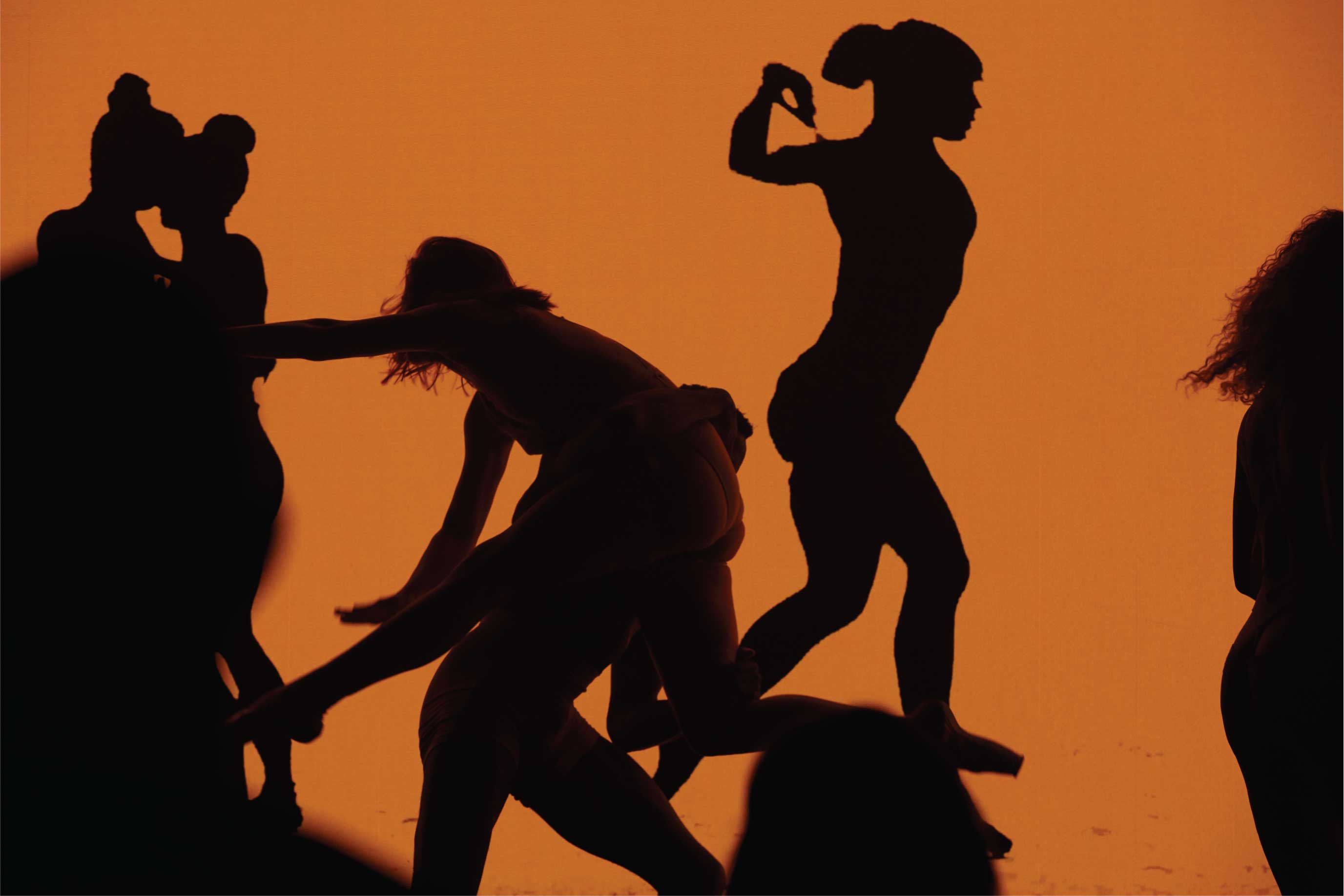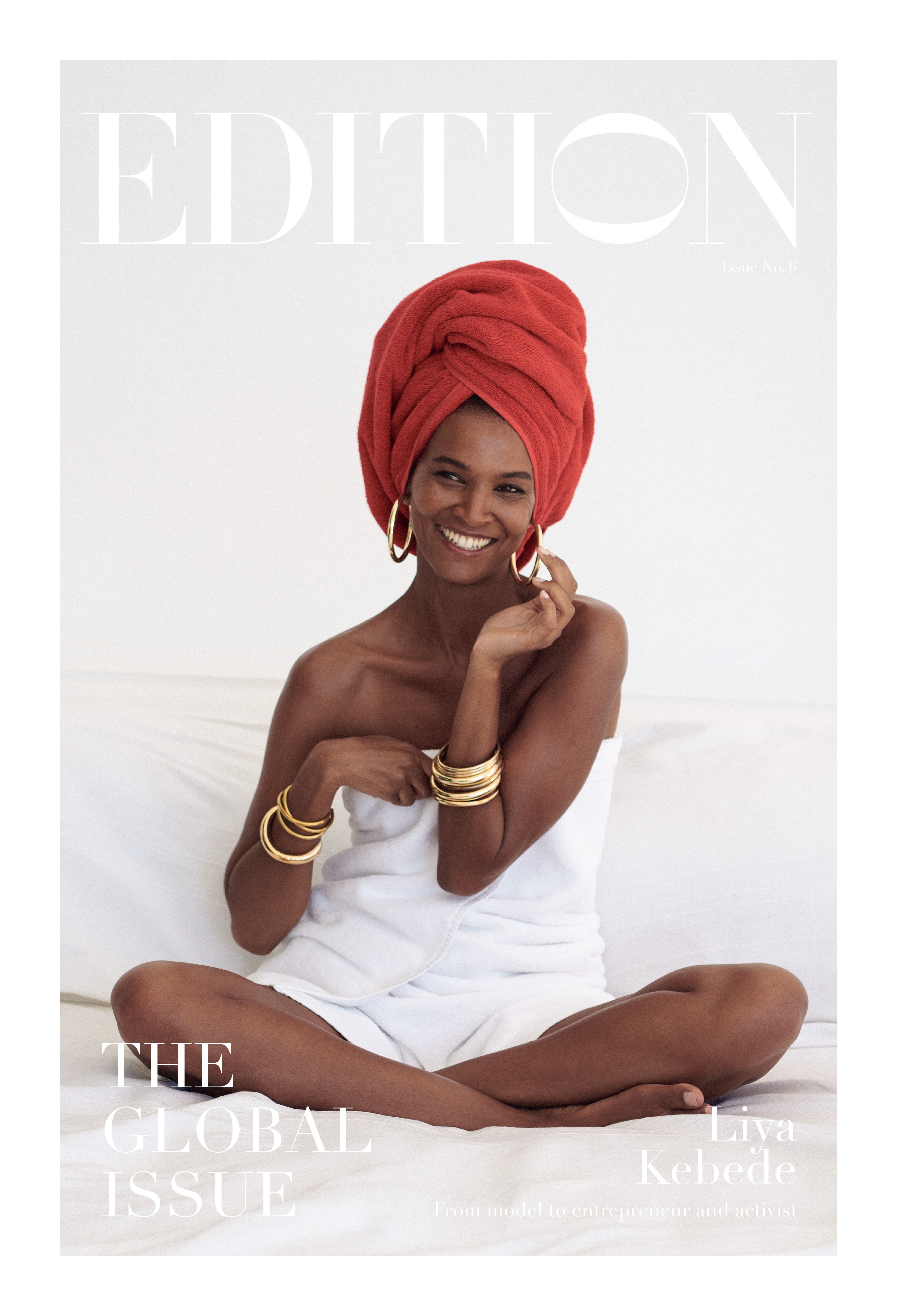
Global Issue
Global Issue: Editor’s Letter
Editor’s Letter
John Fraser
The Michelin-starred chef has a story to tell you through his cooking
Pundy’s Picks for Conscious Travel
Six tips for considered and conscious travel
Genmaicha Martini Recipe
The classic martini plus the health benefits of green tea
The Spread Love Project by Nicholas Konert
How Nicholas Konert’s rainbow heart design became an international icon
Wade Davis
Anthropology is the antidote to today’s nativism says the scholar and author
Carla Sozzani
The future of retail according to the founder of legendary concept store 10 Corso Como
The Art of Migration
The power of art to inspire empathy and social action
John Pawson
Zen Buddhism and minimalist purity drive the celebrated architect
Amy Duncan
As the CBD line Mowellens expands into skincare, its founder shares the personal story behind her company
Sila Sveta
Moscow’s favorite media studio finds the perfect balance between art and commerce
David de Rothschild
In his calls for environmental awareness, the modern explorer finds harmony between man and nature
Can Fashion Be Sustainable?
Shaping a better world through what you buy – or don’t
Brendon Babenzian
Supreme’s former creative director wants to end the cycle of consumption with his new brand Noah
Lily Kwong
Nature invades the urban jungle in the landscape designer’s expansive projects
House of Yes
Behind the scenes with the Bushwick nightlife collective promoting inclusivity and consent culture
Vivie-Ann Bakos
DJ Extraordinaire
Chez Dede
A medium in which two world-traveling, adventurous spirits absorb the globe’s vast curiosities and share them freely
Jesse Israel
A meditation guide for extraordinarily large groups
Liya Kebede
The Ethopian model, activist, and entrepreneur uses her label Lemlem as a force for change
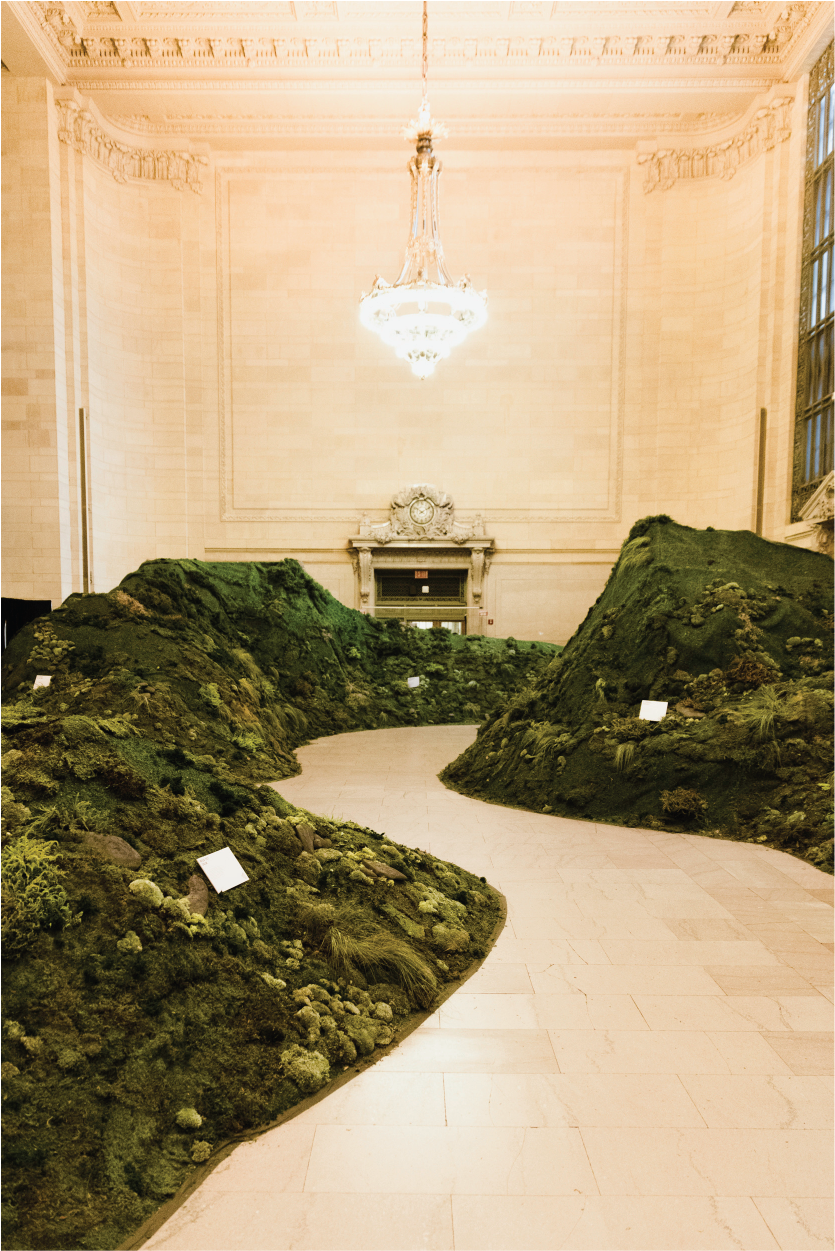
Studio Lily Kwong for Highland Park installation
in Grand Central Station, New York, 2018.
Photography by Kevin Fabrizi.
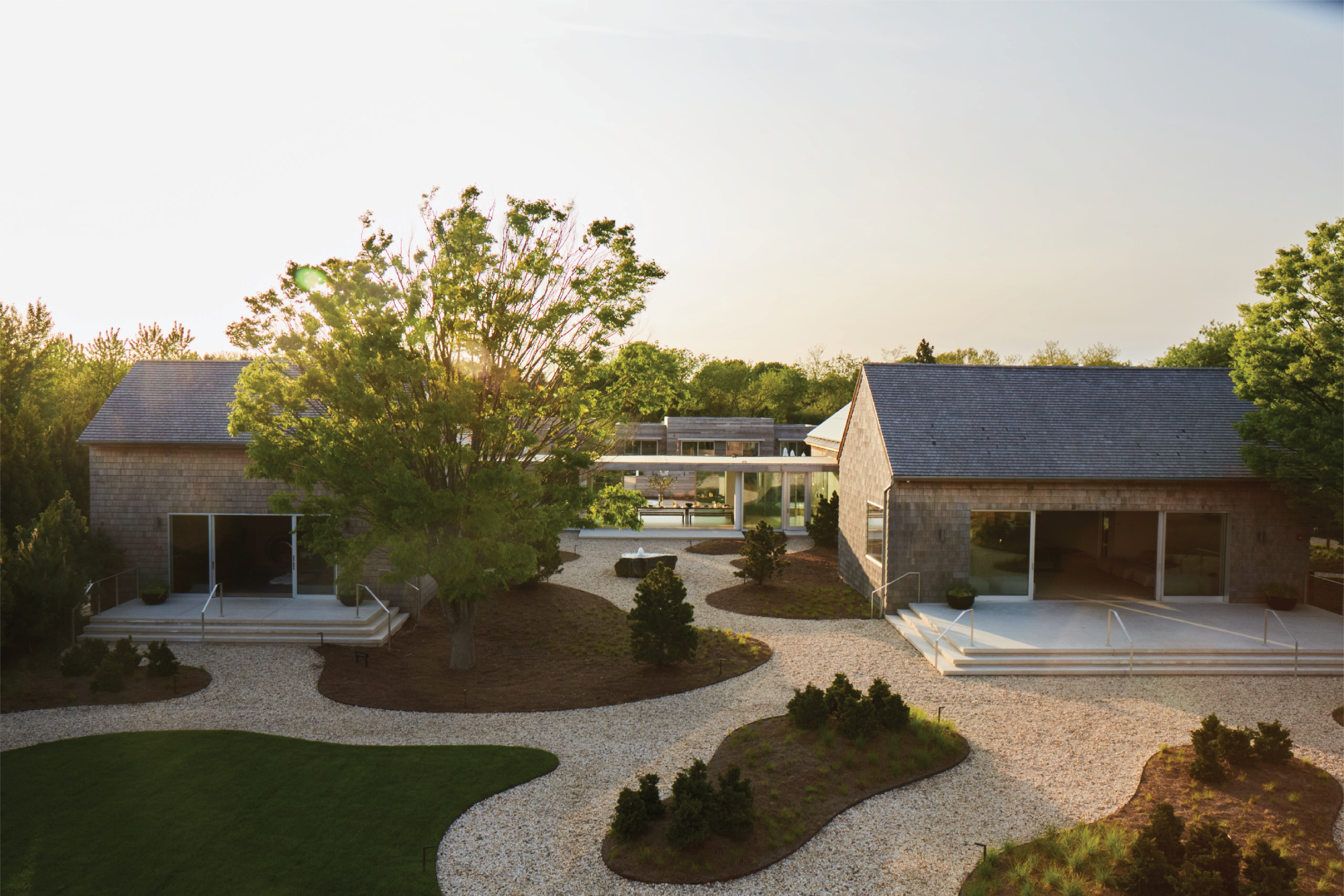
Studio Lily Kwong for Shou Sugi Ban House
landscape design and masterplan, The Hamptons, New York, 2019.
Photography by Fredrika Stjärne.
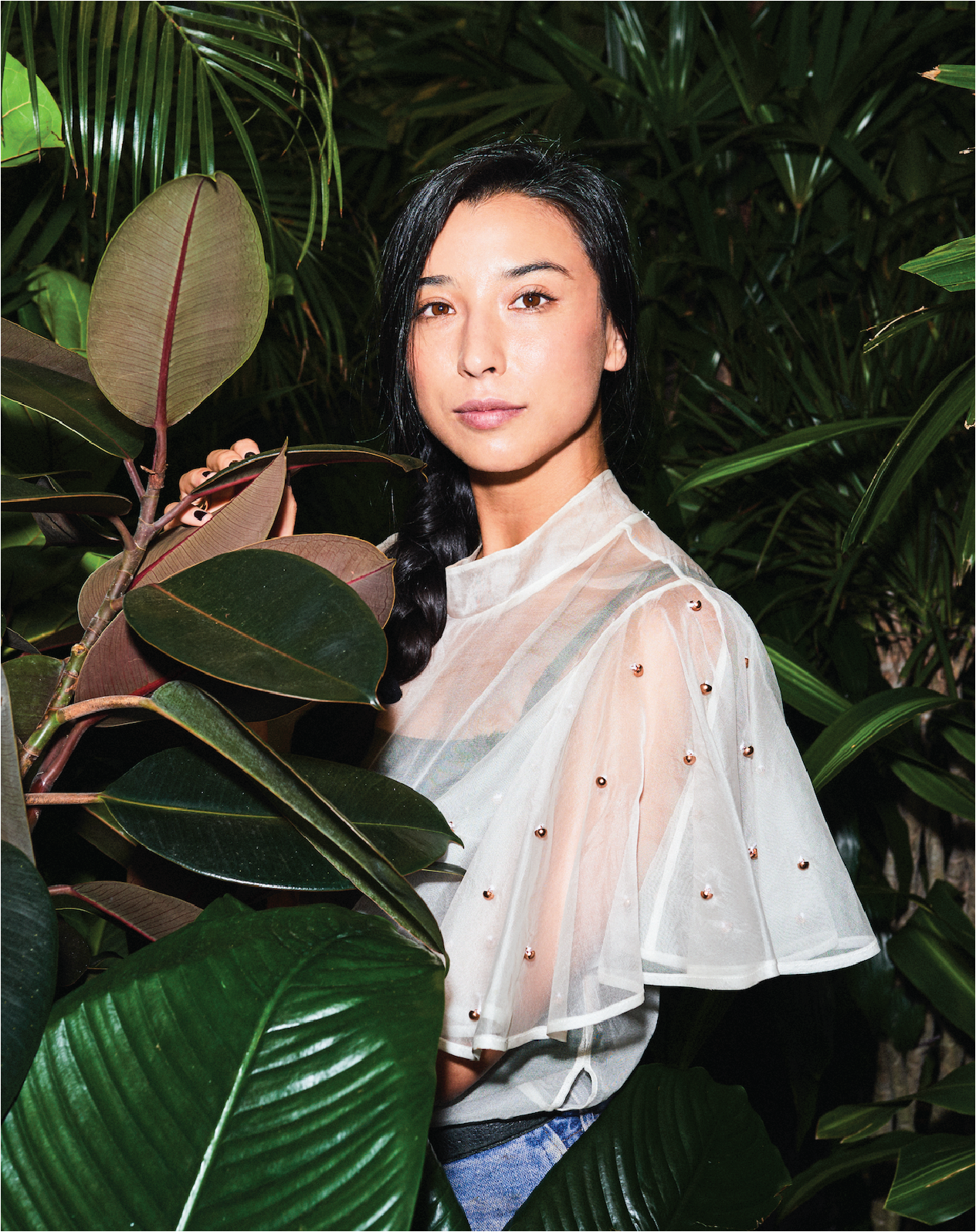
Photography by Kyle Dorosz
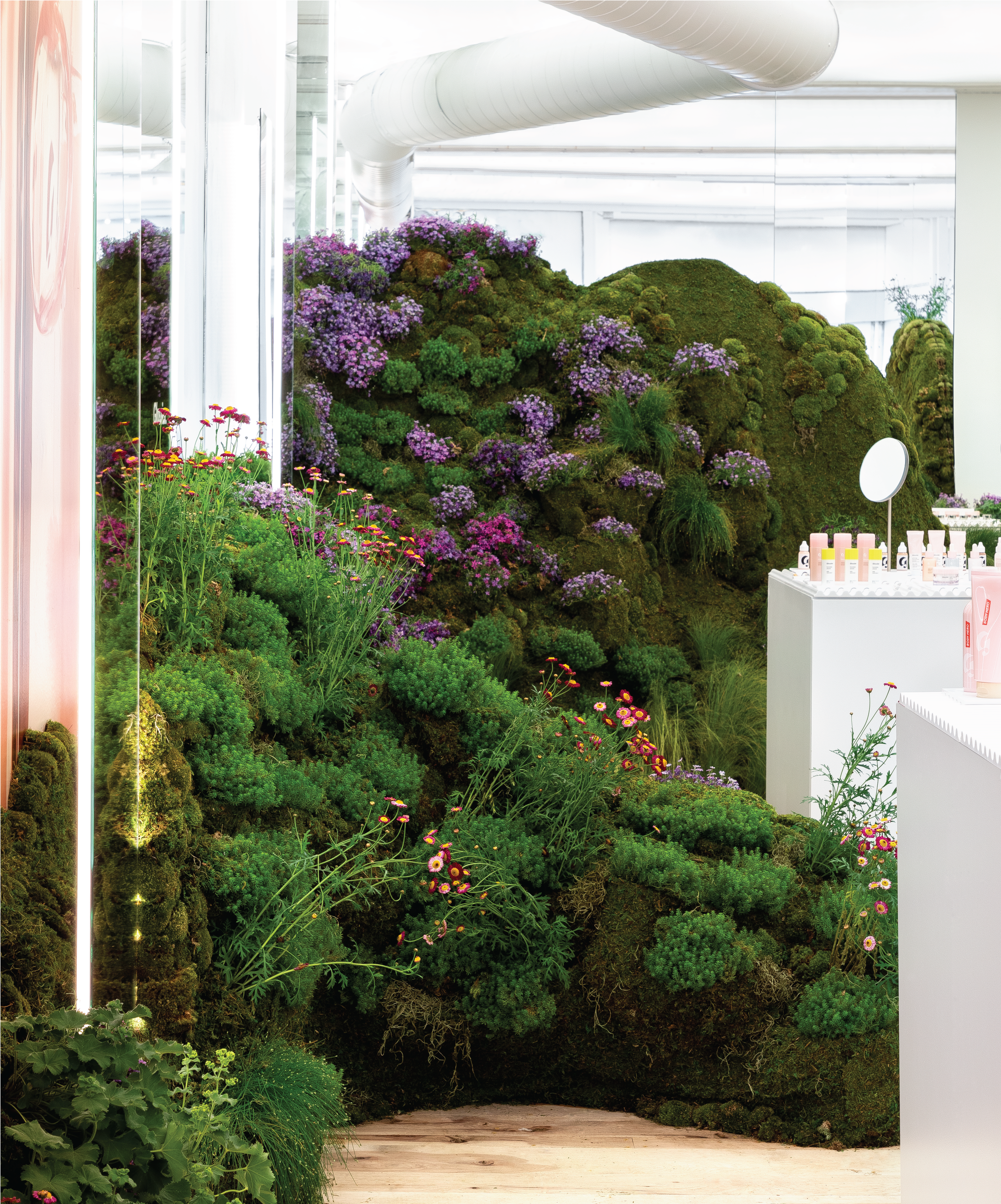
Studio Lily Kwong for Glossier installation, Seattle, 2019.
Photography by Glossier.
Nature invades the urban jungle in the landscape designer’s expansive projects
It’s hard not to be enamored with Lily Kwong and the larger-than-life botanical projects conceived by her eponymous landscape design studio. After almost eight years working in the fashion and design industries—including as a project director at the Miami Design District, where she connected with the city’s rich art culture—she now heads Studio Lily Kwong, which has produced installations across the country and partnered with brands like Visionaire and Glossier, as well as a number of high-end residential and hotel clients. What sets Kwong’s work apart is how it crosses disciplines and categories: At its core, her practice is that of an urban planner, but her concepts combine whimsy and exploration with a poetic spirit while ultimately creating magical, visually evocative works that connect viewers back to nature. With each project, she pushes her vision one step further. “Beyond just being a visual installation and an æsthetic experience, I realize what rich opportunities these spaces offer,” she says, “elevating and building a real sense of community around them.”
Kwong moved to New York over a decade ago, attending Columbia’s urban studies program while working in fashion, following in the footsteps of her cousin Joseph Altuzarra, founder of womenswear line Altuzarra. While Kwong has now spent most of her adult life in the city, she notes how her upbringing in Northern California has impacted her connectedness to all things organic. After graduating from Columbia, the move to Miami reinvigorated her. “I was so disconnected from nature from living in the city that I was coming at
urban planning from a very theoretical perspective,” she explains. “As soon as I was working with plants, this whole part of me came alive again, this little girl who grew up in the redwoods with a passion for building things with my hands and creating spaces and creating community and making art with people from different industries.”
Kwong started landscaping her friends’ backyards, doing projects for herself and those in her community without necessarily trying to establish her place in the field or being “strategic” in the process. In fact, she notes, “I had no aspiration for what I’m doing now, which is a merging of botanical art and landscape and these other experiential design elements. What surprised me the most is the incredible appetite cities and my clients have for the work I do.” From intimate gardens to spaces transformed into plush Amazon-like environments with hundreds of species of botanicals, her designs offer a thoughtful connection to nature.
Remaining sustainable throughout her process, Kwong remains true to herself, to her clients, and to the Earth. She has, for example, an exit strategy for the plants she uses in her projects, donating them to schools or hospitals, replanting and repurposing them after their original use is completed. “I thought I was on a much more personal journey,” she elaborates, “but my trajectory starting this company is mirroring a more cultural trend and a deep need and desire to connect to nature and the natural world.”
A recent project that expanded Kwong’s view of her own practice was a large-scale collaboration with Visionaire, a multidisciplinary fashionfocused agency that partners with artists to bring imaginative and radical art and design to life. Late in 2018, she installed Summer in Winter, comprising a thousand plants of over a hundred species, at Cadillac House in Lower Manhattan. She worked with other artists and nonprofits to program the space, partnering with composer Gary Gunn on an original composition to play throughout the space and assembling a panel of urban designers and creative thinkers. She also hosted an afternoon with Apex for Youth, an organization offering educational resources to underserved Asian and immigrant youth. This wide-ranging initiative strengthened a desire to connect to the community. “Especially as my projects lean to a larger and more urban scale,” she says, “thinking about really designing towards interaction, community growth, education seems more what I want to be doing.”
With projects in Los Angeles, Miami, and Seattle, Kwong ultimately calls the concrete jungle home—while making sure to stay close to nature by filling her Brooklyn apartment to the brim with a plant-filled garden. Up next, she’ll be working on a number of large-scale public projects with permanent community installations that live at an urban scale. “I really see what I’m doing as this next-generation landscape studio that’s not only founded in urban planning and horticulture and botany,” she says, “but also comes from working in the fine arts world or fashion or working with other entreprepreneurs, technology, activism. I’ve created my own song.”
House of Yes
Behind the scenes with the Bushwick nightlife collective promoting inclusivity and consent culture
Art & Culture
The power of art to inspire empathy and social action
Zen Buddhism and minimalist purity drive the celebrated architect
Moscow’s favorite media studio finds the perfect balance between art and commerce
Behind the scenes with the Bushwick nightlife collective promoting inclusivity and consent culture
DJ Extraordinaire
A medium in which two world-traveling, adventurous spirits absorb the globe’s vast curiosities and share them freely
A meditation guide for extraordinarily large groups
Experiences
Moscow’s favorite media studio finds the perfect balance between art and commerce
In his calls for environmental awareness, the modern explorer finds harmony between man and nature
Behind the scenes with the Bushwick nightlife collective promoting inclusivity and consent culture
DJ Extraordinaire
Food & Drink
The Michelin-starred chef has a story to tell you through his cooking
Six tips for considered and conscious travel
Personalities
Style
The classic martini plus the health benefits of green tea
How Nicholas Konert’s rainbow heart design became an international icon
As the CBD line Mowellens expands into skincare, its founder shares the personal story behind her company
Nature invades the urban jungle in the landscape designer’s expansive projects
The Ethopian model, activist, and entrepreneur uses her label Lemlem as a force for change

